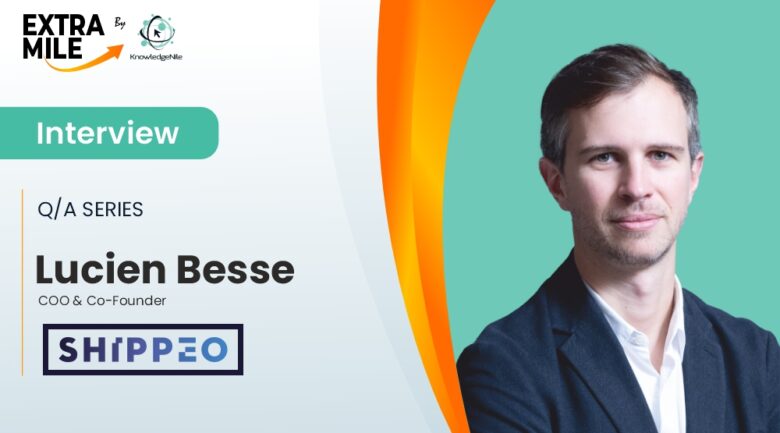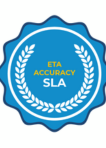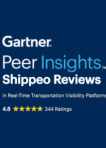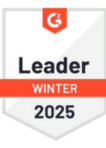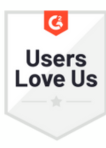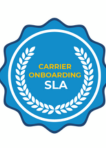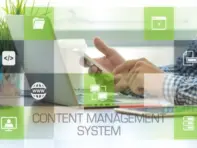Welcome to ExtraMile by KnowledgeNile, where we bring you exclusive conversations with industry leaders who are redefining the future of technology and business.
Today, we are in discussions with Lucien Besse, COO and Co-Founder of Shippeo, a global leader in real-time supply chain visibility. With a background in finance and private equity, Lucien didn’t just stumble into logistics; he saw a gap, and together with his team, they built the solution that is now tracking 90 million shipments a year across 150 countries.
In this session, Lucien reveals why he and his co-founders chose supply chain visibility, how real-time tracking is replacing armies of phone callers in logistics, and what’s next for AI in logistics. He also shares the surprising ways data accuracy helps companies like Coca-Cola, Renault, and L’Oreal save time and money and even cut emissions.
If you have ever wondered how your online orders magically show up on time or why sometimes not, this conversation is for you.
Hello, Lucien! Thank you for joining us today.
What were the most important problems in the logistics sector that motivated you to co-found Shippeo? How did your finance and private equity background influence your way of building the company?
Lucien. Unlike what many founders of other startups claim, my co-founders and I didn’t create Shippeo after a “eureka” flash of genius whilst shaving! We knew that we wanted to serve the supply chain sector, as it didn’t benefit from many digital solutions ten years ago. So we came up with the idea for a real-time visibility (RTTV) platform by listening to people in the sector. By finding out what their real needs were. As we like to say, the truth comes from the people on the ground, not from magical revelations!
Shippeo has more than 90 million shipments each year. In what ways does real-time visibility fundamentally change how companies manage their supply chains relative to legacy methods?
Lucien. Today, the biggest shippers - think of famous brands like Leroy Merlin, Renault or Coca-Cola, all of whom are our clients - work with hundreds of different carriers. Before RTTV, they had to employ entire teams of callers, whose only way to find out where their deliveries were was by spending hours chasing carriers on the phone. Now, that’s a thing of the past. Shippeo integrates data from all manner of sources, so that the question “where’s my shipment?” can be answered in a matter of seconds.
The special sauce we bring is highly accurate ETAs, or estimated times of arrival. Based on multiple data sources and augmented by machine learning, they lead to improved customer satisfaction, reduced transportation costs, increased supply chain visibility, and better inventory management, ultimately driving increased competitiveness and revenue growth.
Shippeo integrates over 1000 TMS and telematics platforms. What were the greatest technical hurdles to building a multimodal visibility platform that operates across transport systems and geographies?
Lucien. Shippeo now tracks 90 million transportation flows across 150 countries worldwide. To achieve that, we have to adapt to the huge multiplicity of systems used by carriers across the globe. We take into account all the reliable data we can get, be it directly (e.g. from carriers or shipping lines) or indirectly (from GPS, or other satellite-based sources). We also geofence ports and warehouses worldwide, so we can precisely monitor arrival times, dwell times and unloading times.
Once all this high-quality data is gathered, we apply machine learning, to optimize predictability. This means we can provide ETAs that are so accurate, you can know 30-60 days before arrival when your shipment will get there.
Your platform assists companies in tracking and reducing CO2 emissions. How can data on visibility promote more sustainable supply chain practices, and what have you observed from clients?
Lucien. Our Carbon Visibility product, seamlessly integrated into the Shippeo platform, informs shippers in real time about the quantity of emissions generated by their transportation choices; the intensity of those emissions; and where there is room for improvement.
For example, you may be doing well on low-tonnage deliveries but less well on heavier ones. You could also be looking into using less carbon-intensive fuels, or concentrating on reducing emissions in those parts of the world where they’re the highest. Perhaps most interestingly, the platform shows you which carriers emit the least, thereby encouraging shippers to make more responsible choices.
What we’ve observed from clients is that, whilst some consider Carbon Visibility as a nice-to-have at first, they soon integrate it as a key part of their operations. Especially when compliance with regulations like Fuel EU Maritime comes into play.
Operating in 110 countries, what are the most significant lessons learned in tailoring your platform to various markets? While overcoming regional logistic challenges, how do you achieve consistency?
Lucien. Our platform is designed first and foremost to be equally useful to shippers worldwide, wherever they may be. And those shippers have found over the past few years that Shippeo’s insistence on data quality is what sets us apart from our US competitors. As we are actively developing our activity in the US, we are as attentive as possible to that market’s specific needs. The US market is more mature in terms of SaaS adoption, so solutions’ technical specifications are perceived as less important than the value they will bring to users and customers. If you can provide a better buying experience, they’ll go for it. We’re convinced that Shippeo’s focus on data quality, and thereby delivering trustworthy results, is what drives our growth in the US.
Companies like L’Oreal, Coca-Cola, and Renault use Shippeo. Can you share an example where your platform has significantly improved a client’s business?
Lucien. Shippeo has partnered with Renault Group to develop an inbound logistics control tower through a joint program. Google serves as a key external partner, offering essential cloud and MLOps infrastructure, along with public data. Renault Group leverages this data in its own machine learning models for disturbance analysis and recommendations.
This collaboration exemplifies how Shippeo’s platform can be utilized to construct a control tower, avoiding the need for additional logistics control tower technology on top of an RTTV platform. This approach minimizes application overlap in logistics execution. For example, the RTTV platform already features interactive visual displays of the logistics network, making a separate control tower redundant.
Shippeo has partnered with companies like SAP and Google. How do these collaborations add strength to your platform? What do you see in a strategic partner?
Lucien. Whilst Google, as Shippeo’s cloud provider, offers the infrastructure and data support we need to better serve our clients (as in the above example), working with SAP puts our solution in front of their considerable client base via the SAP Store, making a new audience aware of what Shippeo can offer.
We’re also proud to have completed a deep and certified integration of our platform into SAP’s Business Network for Logistics, as this means we’re part of their state-of-the-art offering. And we’re confident that our long-standing partnership with SAP will continue to grow moving forwards.
Where do you see the most potential for innovation in logistics technology in the next five years? How is Shippeo preparing for these changes?
Lucien. AI is touted as a magic wand for countless services today. Rather than jumping on the hype bandwagon, we’re making sure it brings extra added value to our customers.
We’ve been using machine learning for a while already to make our ETAs more and more accurate over time (cf. previous answer). It verifies the quality of data from GPS, transport events, and transactional systems, as well as data entered manually by subcontracted carriers, cross-referencing it with other data sources.
As for integrating generative, agentic or other more recent forms of AI into our offerings, we’re working on it! Watch this space.
Tune Into Our Other Informative Interviews:

